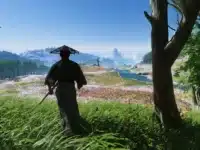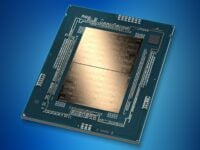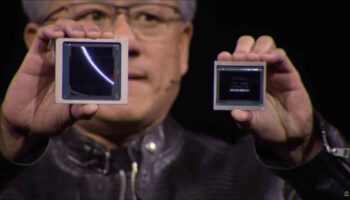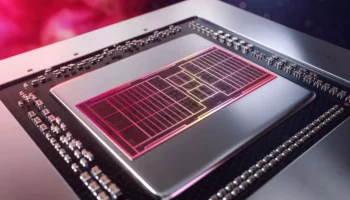The launch of Lego Builders Journey today marks the coming of the first Unity-based title with real-time ray-tracing. The game uses ray-tracing to render the bulk of its lighting including shadows, reflections, ambient occlusion, and global illumination. It also leverages DLSS 2.2, the latest iteration of the upsampling technology to improve performance and actually allow gamers to take advantage of ray-tracing. In this post, we have a look at the various ray-tracing lighting effects used by Lego Builders Journey and see if DLSS has finally caught up with its native counterpart or not.
DLSS 2.2 in Lego Builders Journey
You can find the original uncompressed shots here


In some stills, it’s nearly impossible to tell the difference between DLSS 2.2 and the native resolution. Even the performance preset holds up really well:

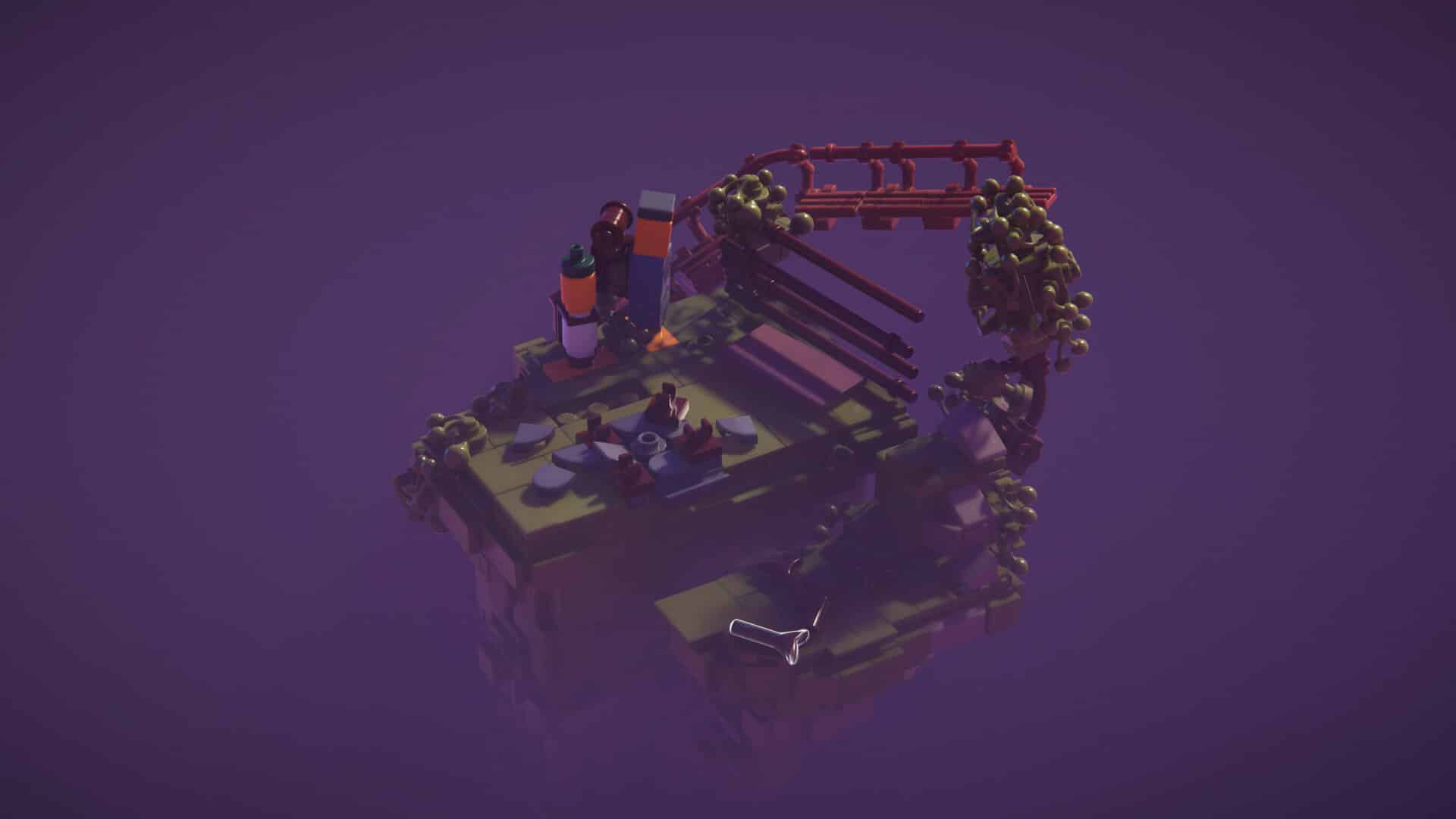
In certain well-lit scenes, DLSS does, however, still have a slightly adverse effect on visual fidelity. Moreover, it also causes a bit of temporal aliasing, resulting in white lines on most object boundaries:

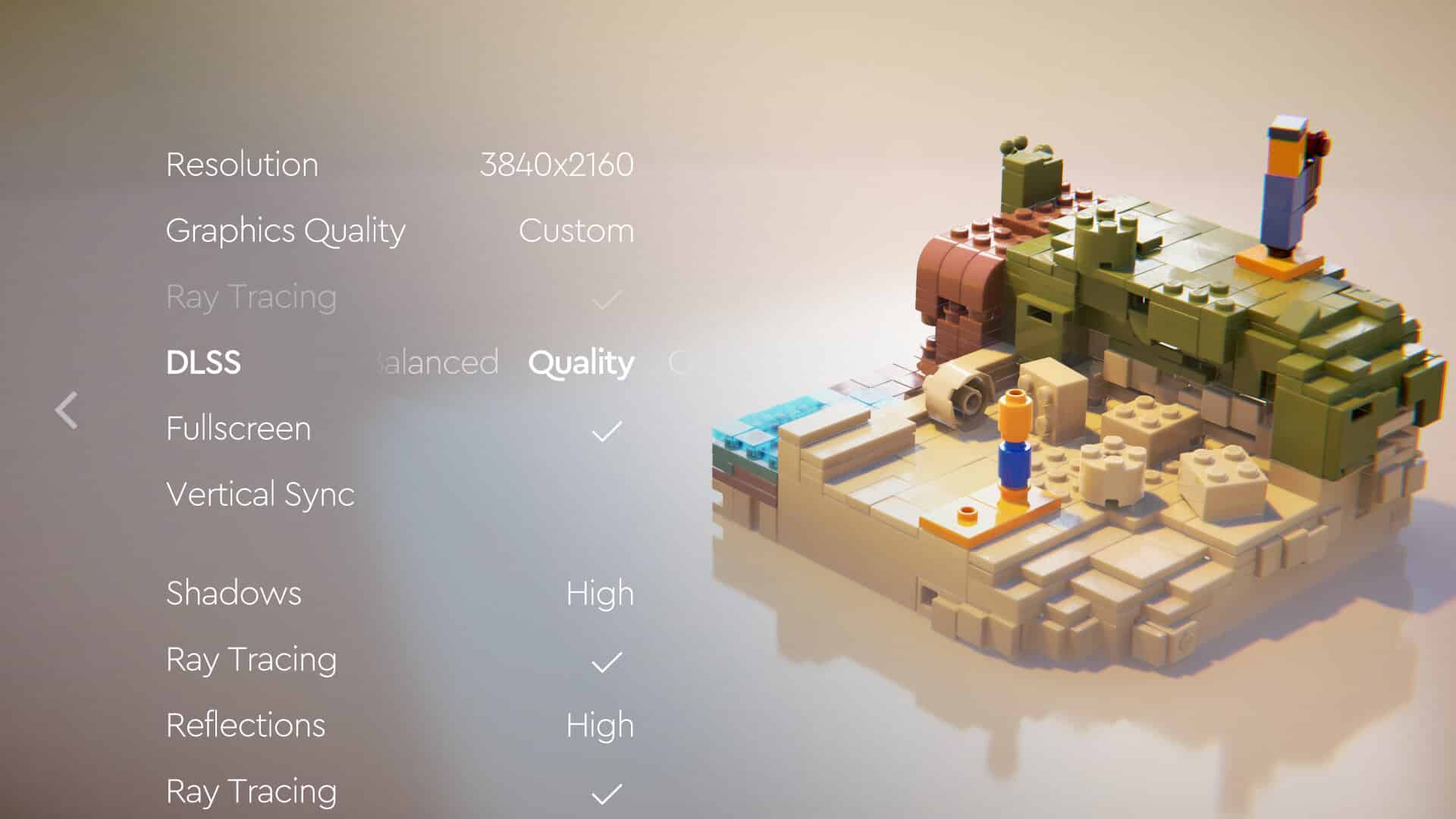
This may be due to the fact that the game doesn’t use a denoiser for the ray-traced reflections and similar to Amid Evil, DLSS handles most of the denoising. However, in some cases, the DLSS shots seem much noisier than native with a fair bit of shimmer:
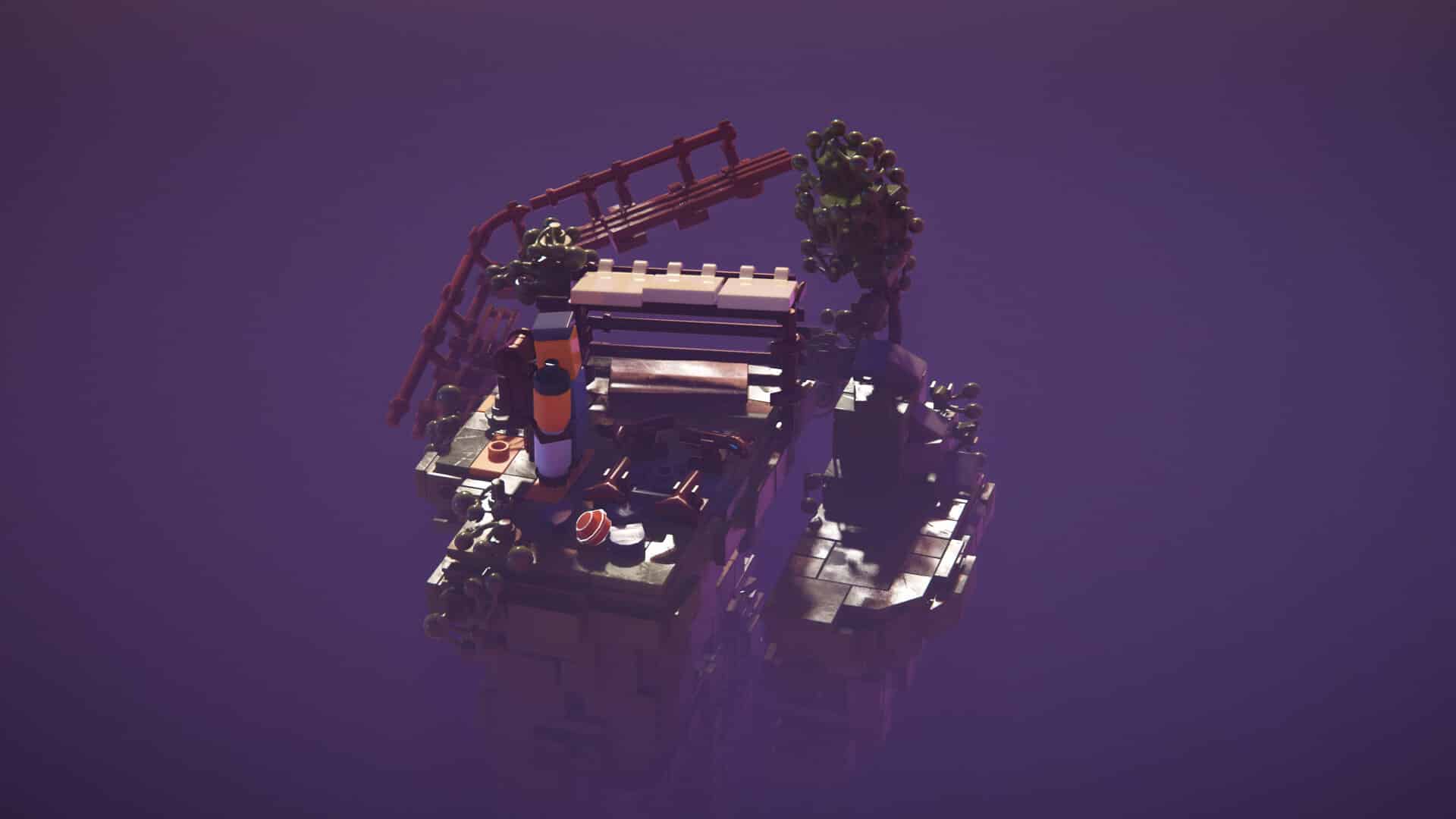
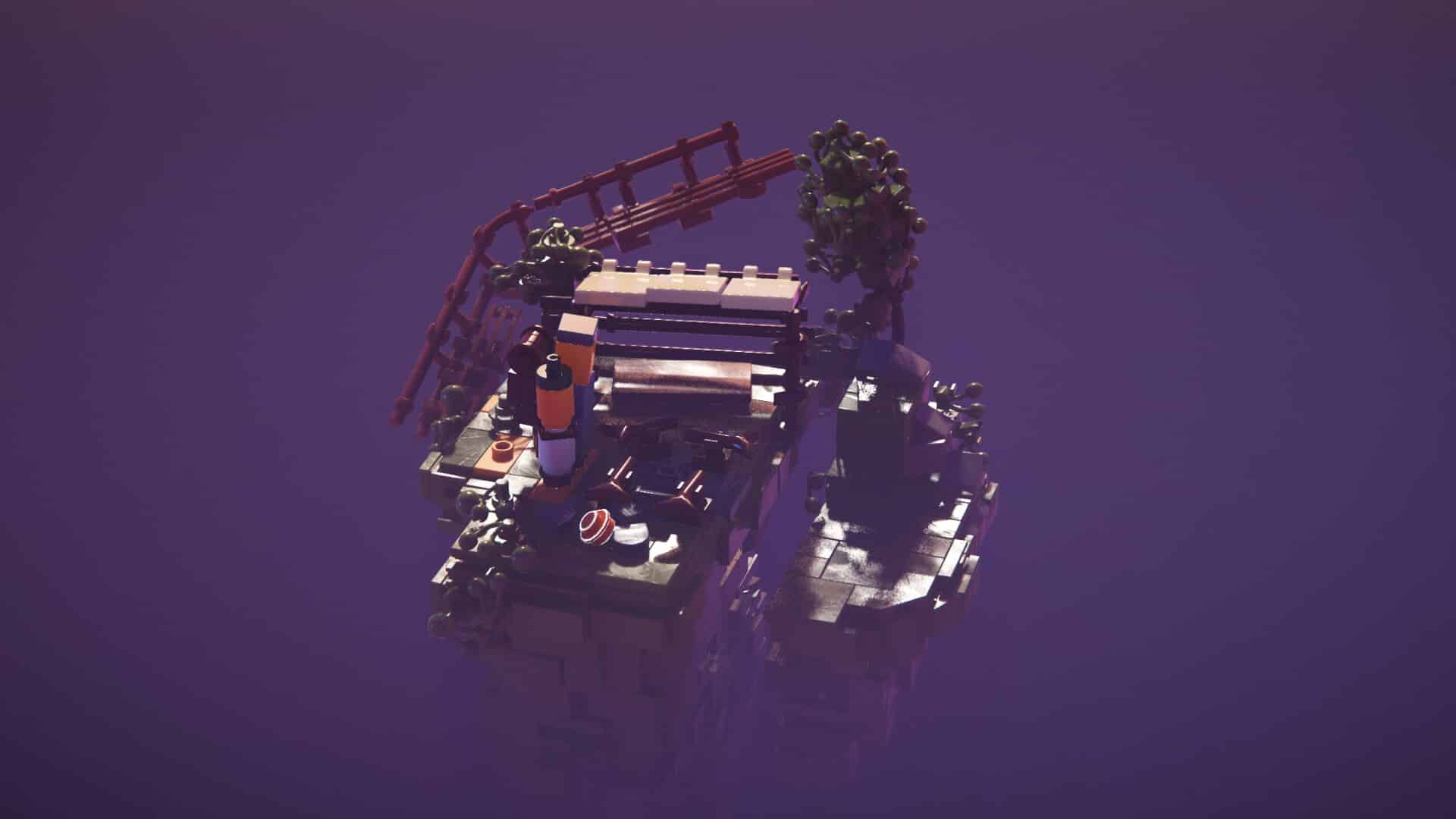
DLSS 2.2’s greatest feat is how it improves the quality of the lower resolution presets. DLSS performance which upscales 1080p input with temporal feedback from the previous frame to 4K looks pretty much the same as the quality preset, all the while being three times faster than native:
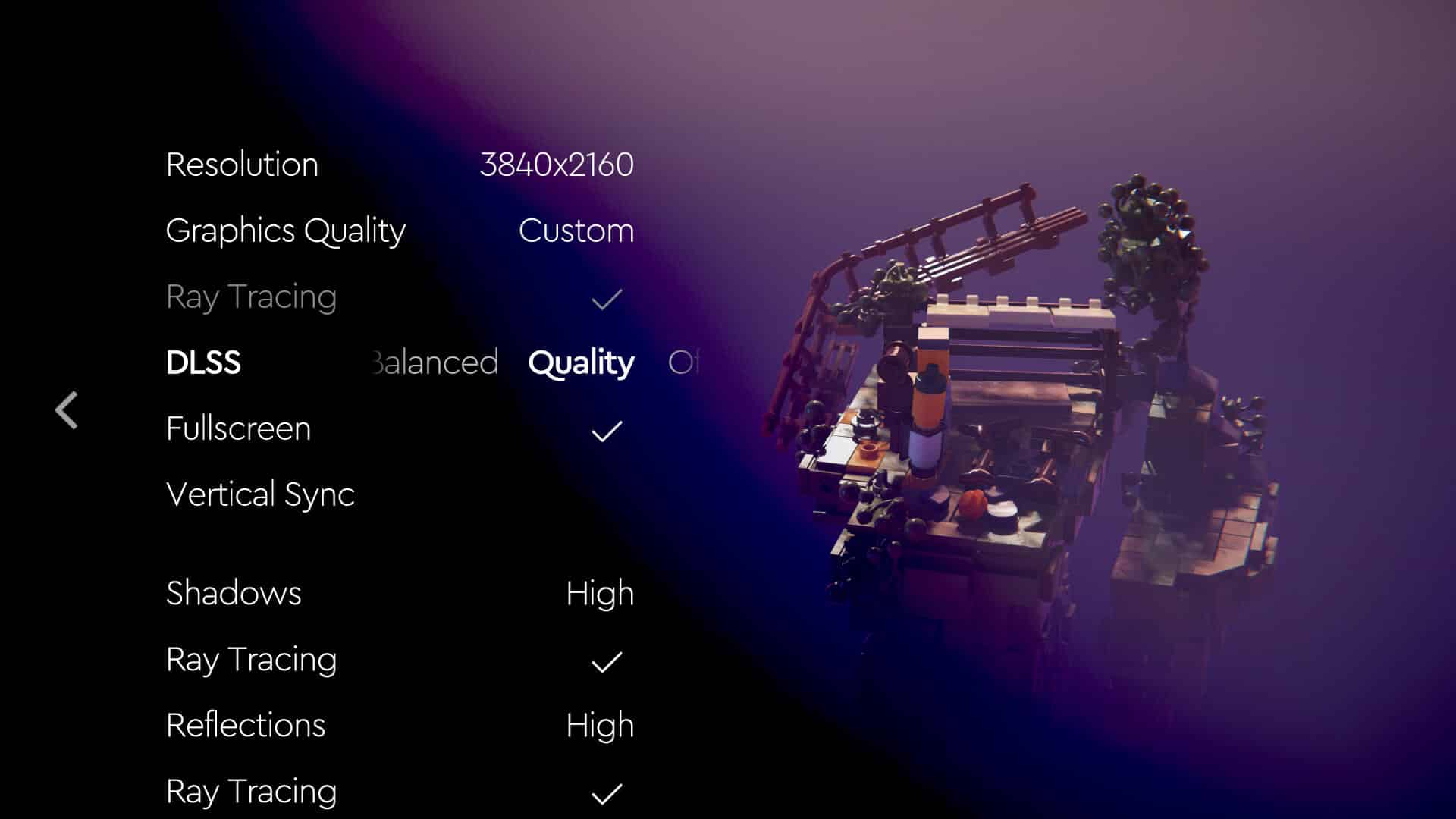
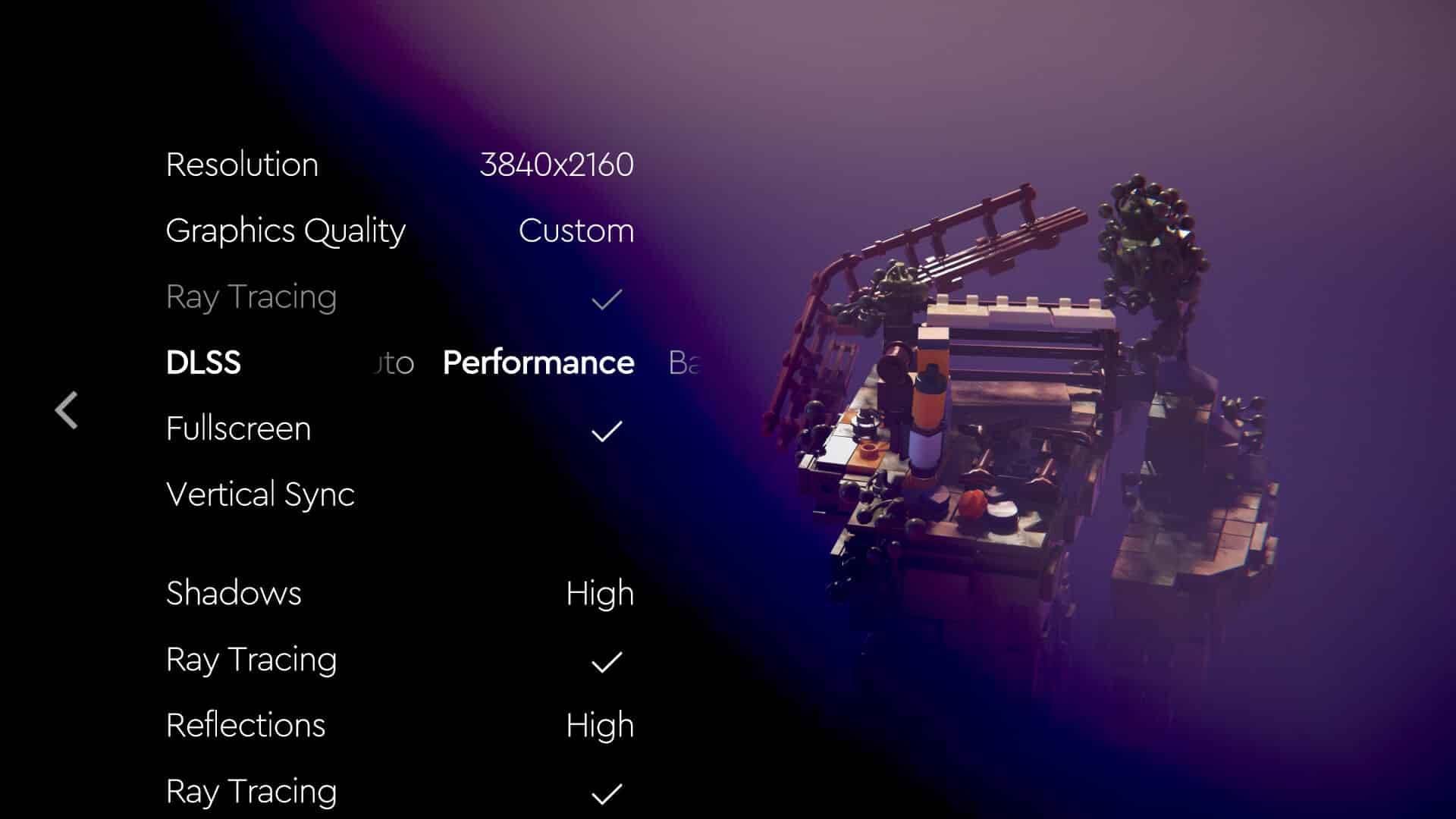
Here’s a look at native compared to DLSS Performance. Pretty incredible if you consider the fact that the image on the right is rendered at a quarter of the original resolution and still looks almost indistinguishable from the ground truth.
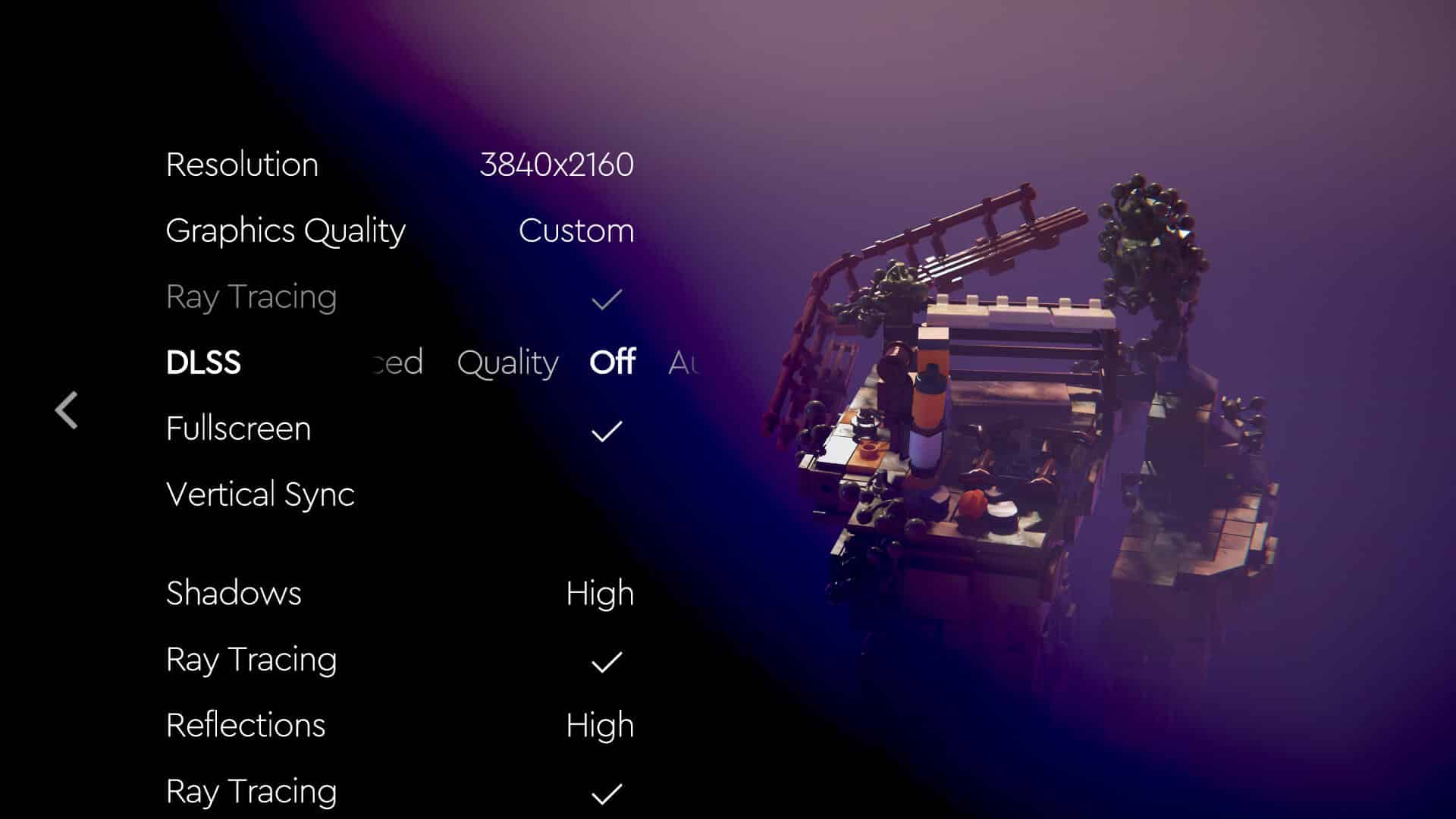

Another side-effect of DLSS 2.2 in this game is that it “hallucinates” extra light on the edges, making it look as if it’s bleeding additional light into the scene. I’m not sure whether this is due to the temporal info retained from the previous frame or just something that the convolution network suffers from. Again, very similar to what we saw in Amid Evil:
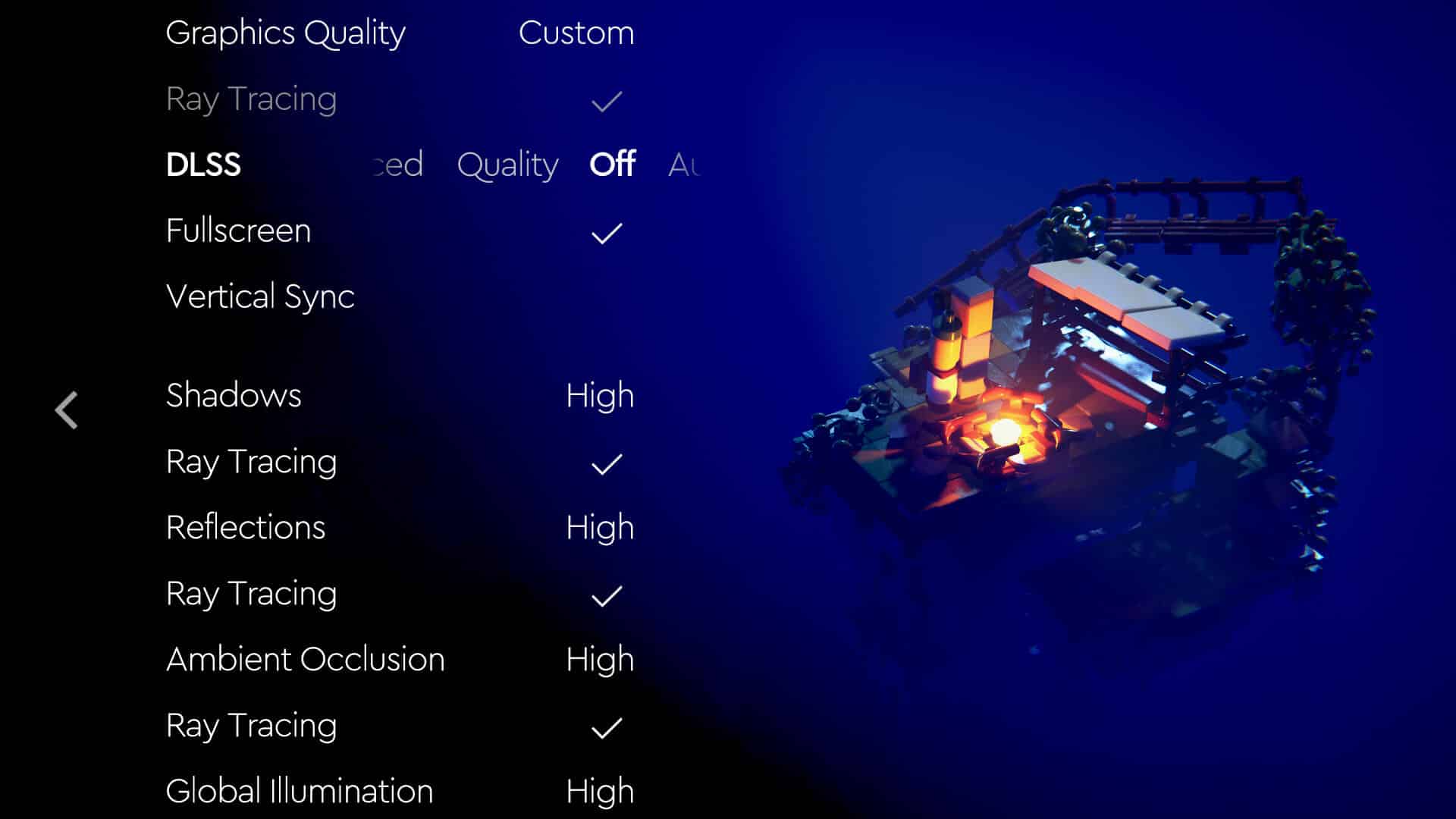
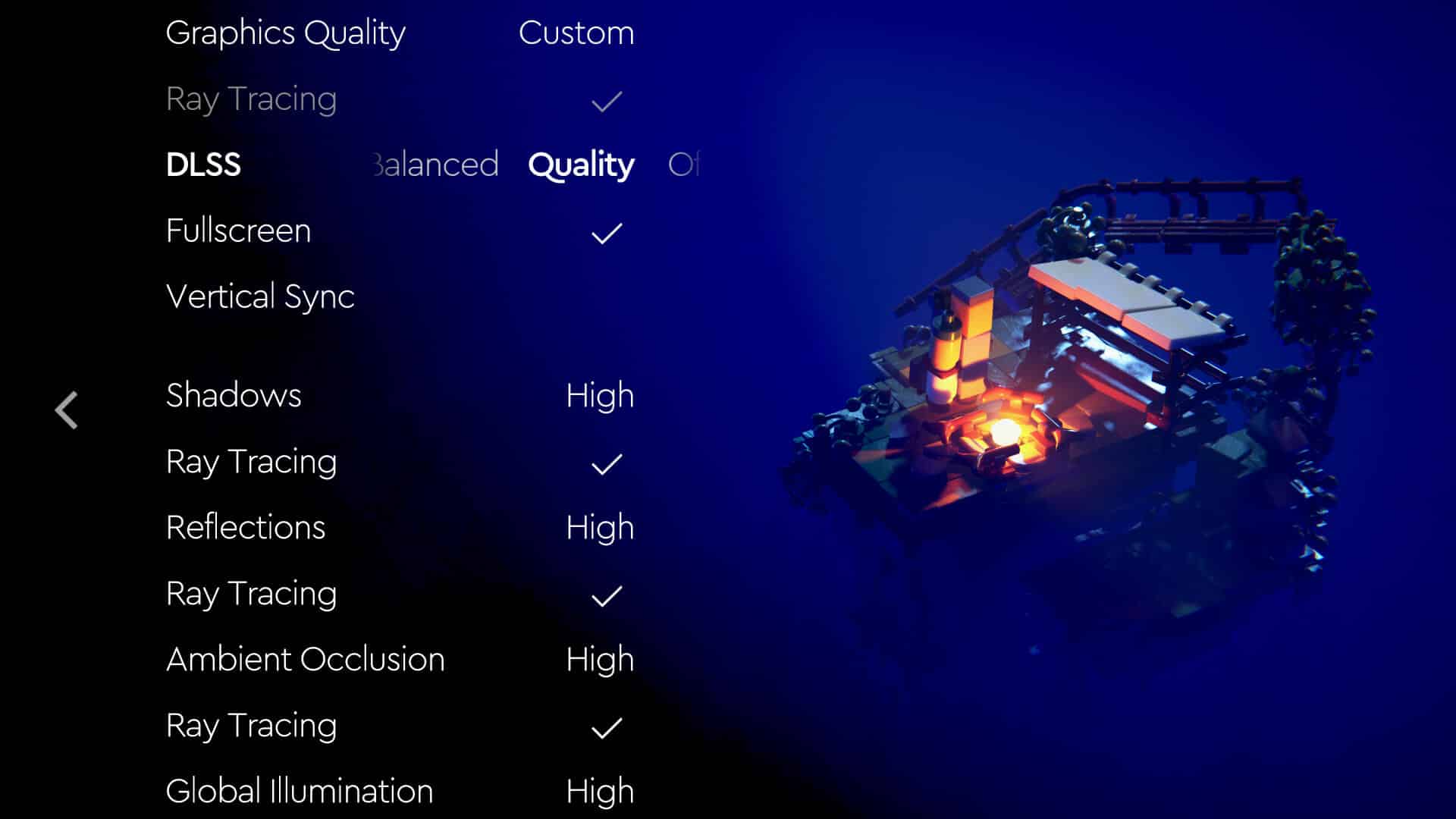
This is mainly noticeable at night in the absence of a bright “global” light source.
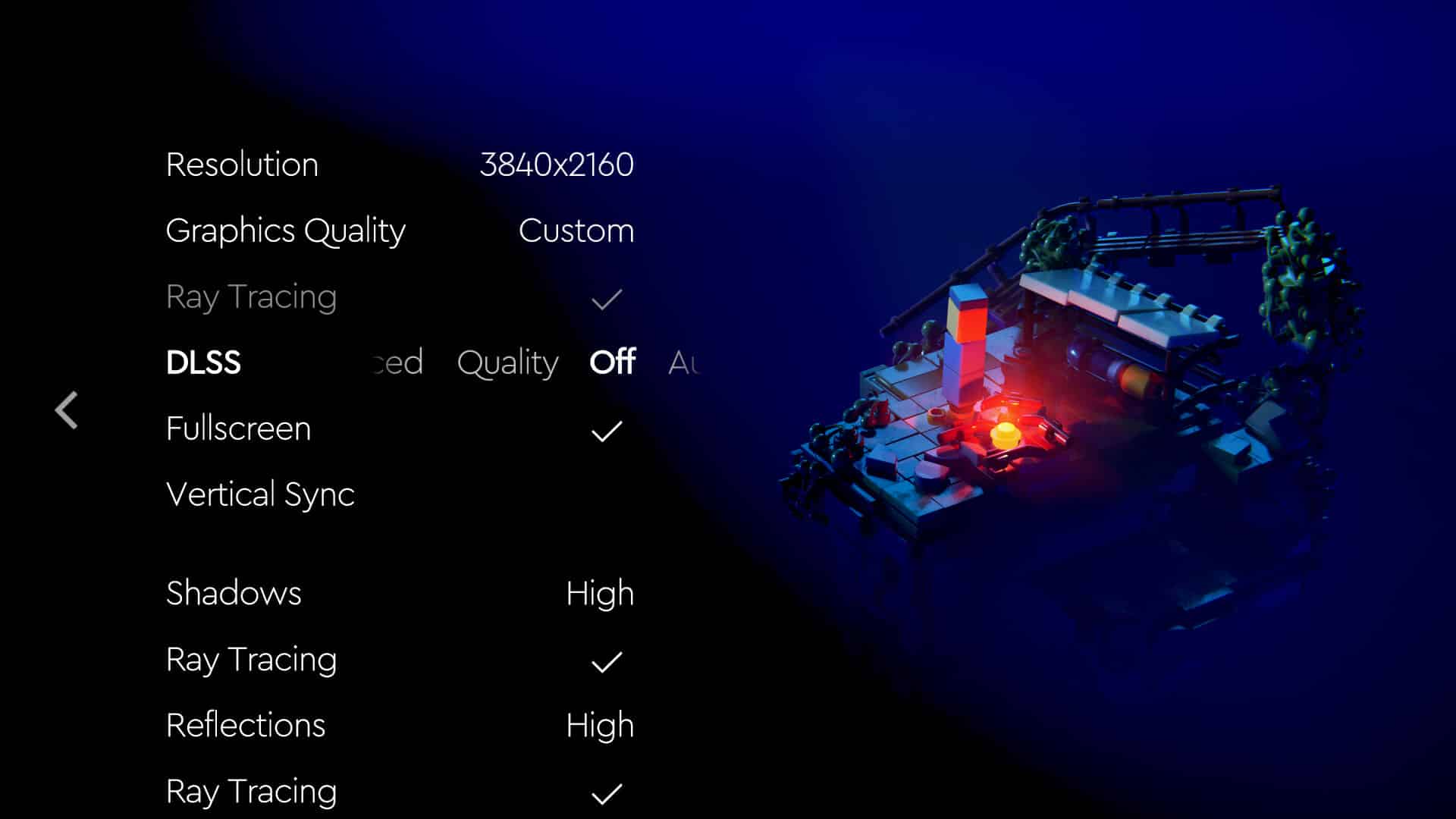
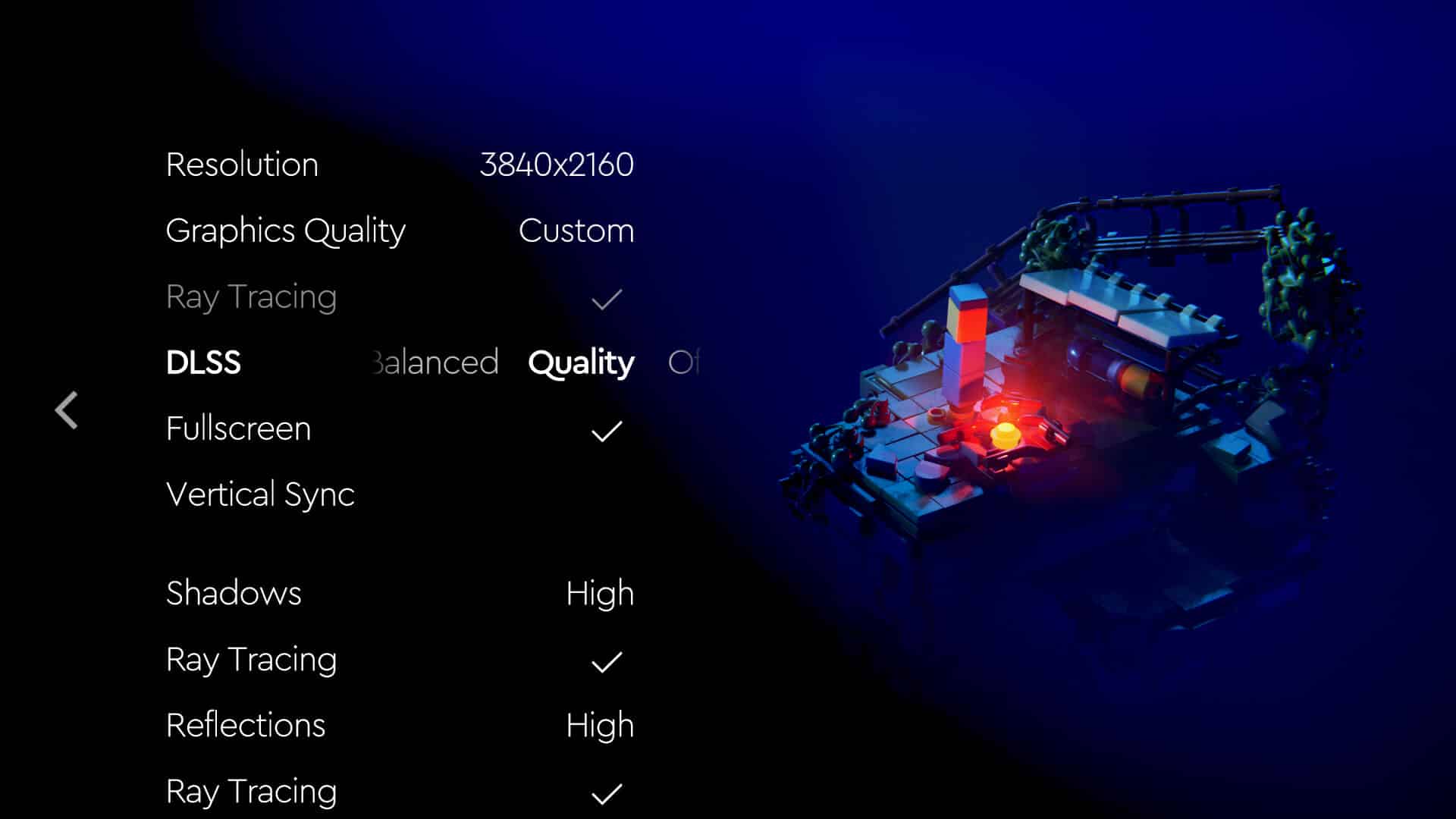
For a look at ray-traced reflections, shadows, AO and GI, move onto the next page…

